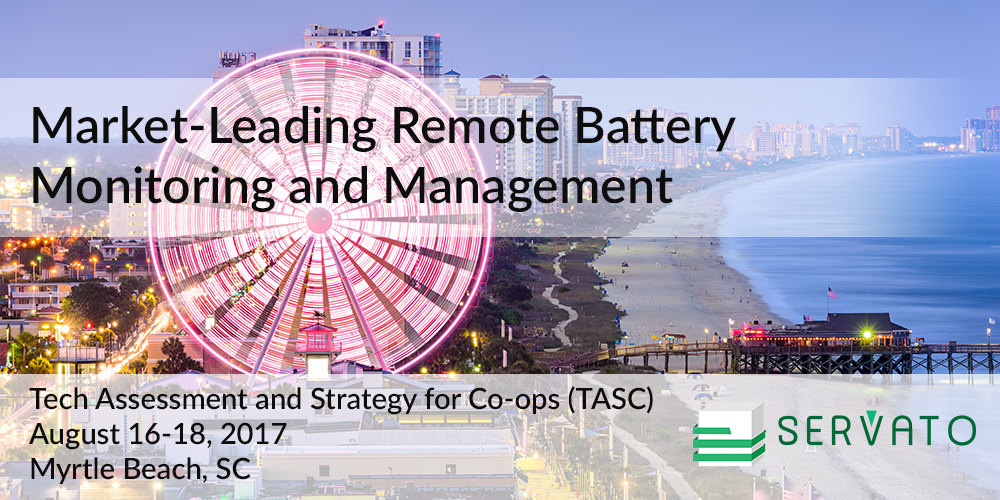FOR IMMEDIATE RELEASE:
Technology upgrades reduce implementation costs and provide the most complete carrier solution for managing backup power.
Kansas City, MO and Bowling Green, KY – October 16, 2017 – Servato Corp., the leading provider of remote battery management, today announced the launch of its newest remote battery management system, the Smart Power System-248™ (SPS-248™). While building on Servato’s foundational and game-changing technology for automated battery measurements and adaptive charging, the SPS-248™ has significant design updates that will make it the ideal system for managing a large portion of network sites and reducing the costs for carriers investing in backup power management.
[…]







